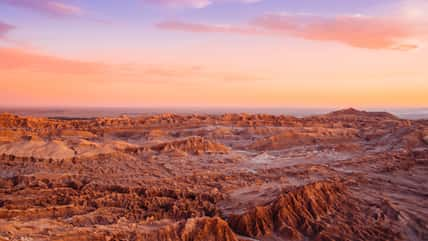7 Facts About Pompeii, The Ancient City Frozen In Time

A Volcanic Eruption Froze Pompeii In Time
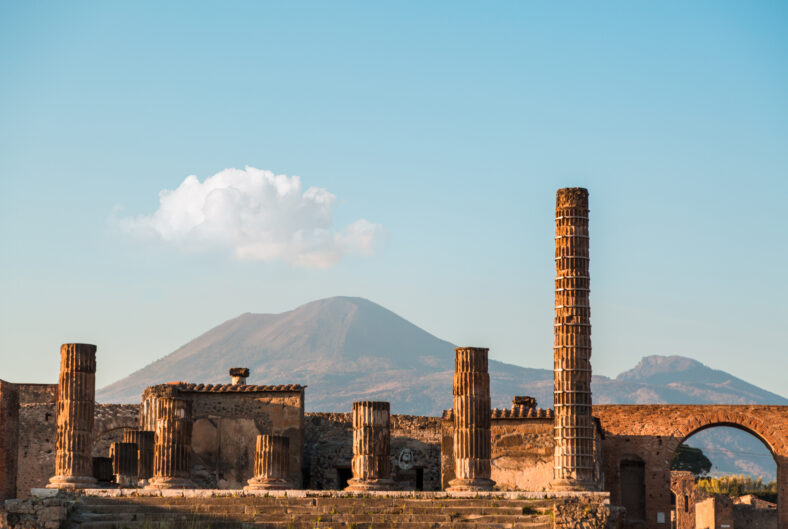
Thanks to a volcanic eruption, the ancient Roman city of Pompeii has been frozen in time since 79 A.D., giving us a peek into what life was like almost 2,000 years ago.
The layer of ash that rained down from Mount Vesuvius covered the city and preserved many details, so historians were able to learn a lot about it. To this day, buildings and streets are still being excavated.
Here Are 7 Facts About Pompeii
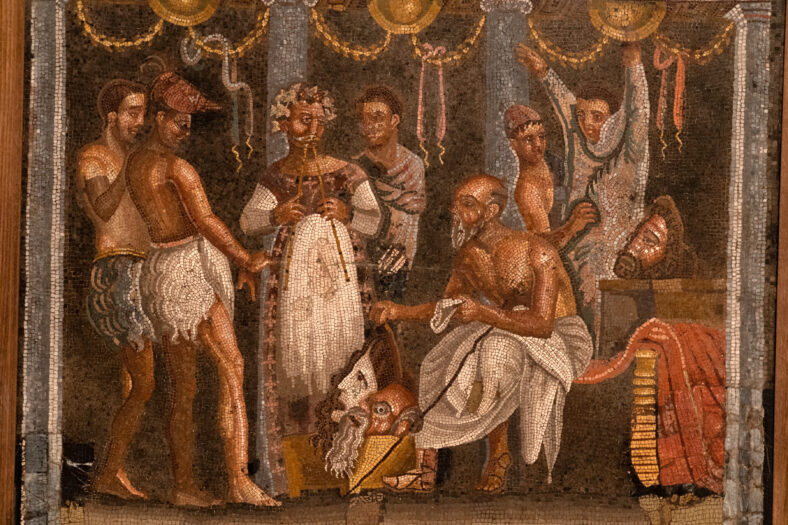
You might be surprised by how much we have in common with people from ancient times. Here are seven incredible facts about Pompeii.
1. Pompeii’s Citizens Enjoyed A High Standard Of Living
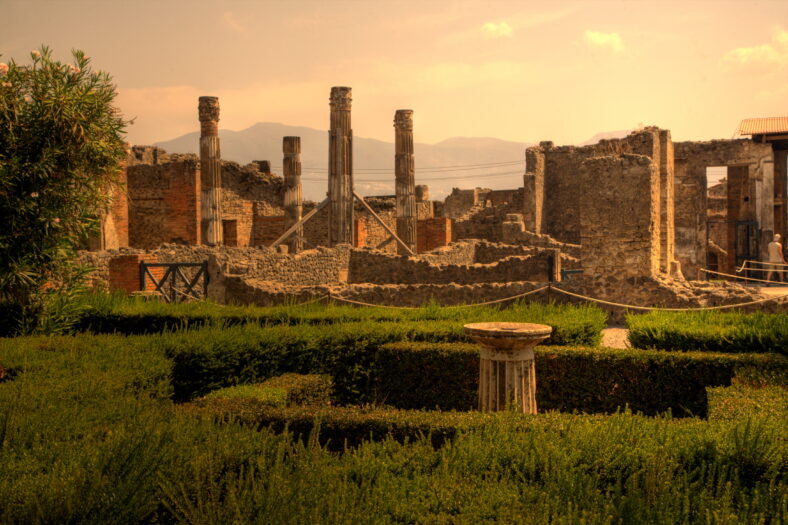
The city’s location on the Italian peninsula’s coast was an important stop on maritime trade routes. In addition, the rich soil around the city allowed agriculture to thrive. As a result, Pompeii had a strong economy and grew to a population of 20,000.
The middle classes of Pompeii were made up of merchants and businessmen. They displayed their wealth by building impressive villas and supporting public infrastructure like grand avenues, temples, and an amphitheater.
2. Pliny The Younger Witnessed The Catastrophe
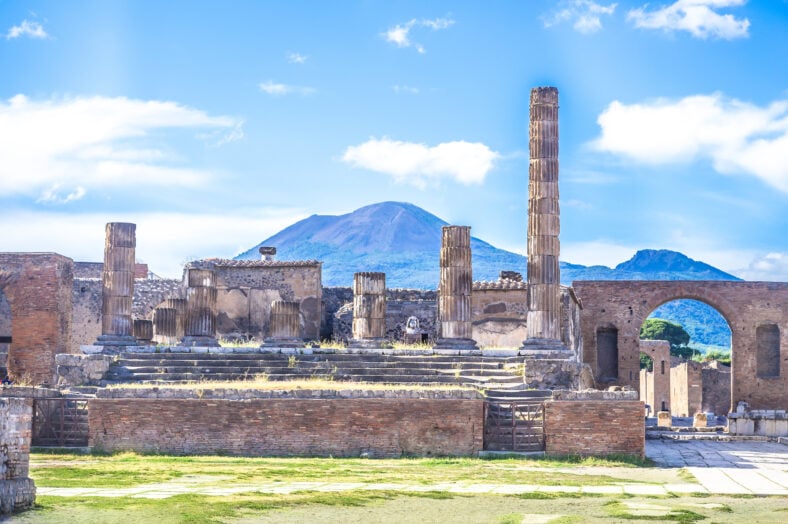
When Pliny the Younger was 17 years old, he was staying with his mother in a village east of Vesuvius. He wrote two letters that described the eruption. In one, he reported that his uncle, Pliny the Elder, had sailed to Pompeii to help the people there. But when he arrived, the toxic gas suffocated him.
In the second letter, Pliny the Younger wrote that he and his mother escaped from the villa once the eruption started. He heard people screaming and crying as a black cloud darkened the sky and tongues of fire shot out from the mountain.
3. Gladiators Trained In Pompeii
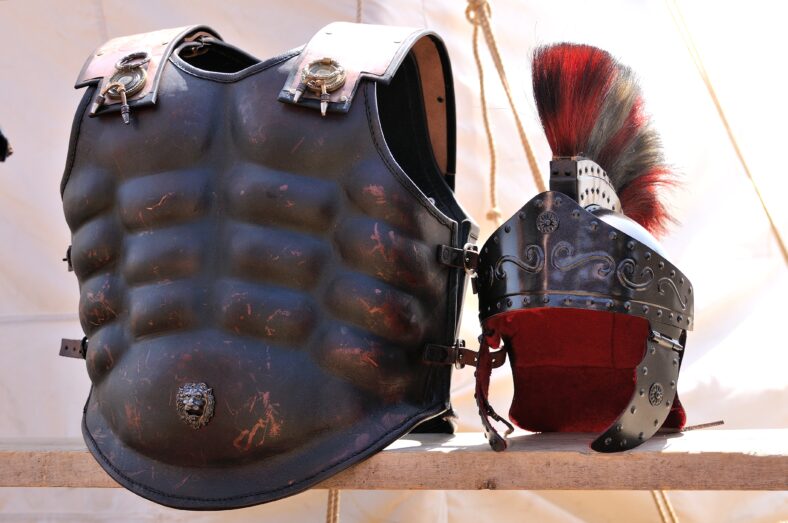
Pompeii contains plenty of evidence of gladiators. The remains of barracks where they lived and a gymnasium where they trained were uncovered.
Even graffiti recording the gladiators’ wins was found. In one house, children’s drawings seem to depict gladiator battles.
4. Pompeii’s Citizens Frequented Luxurious Thermal Baths
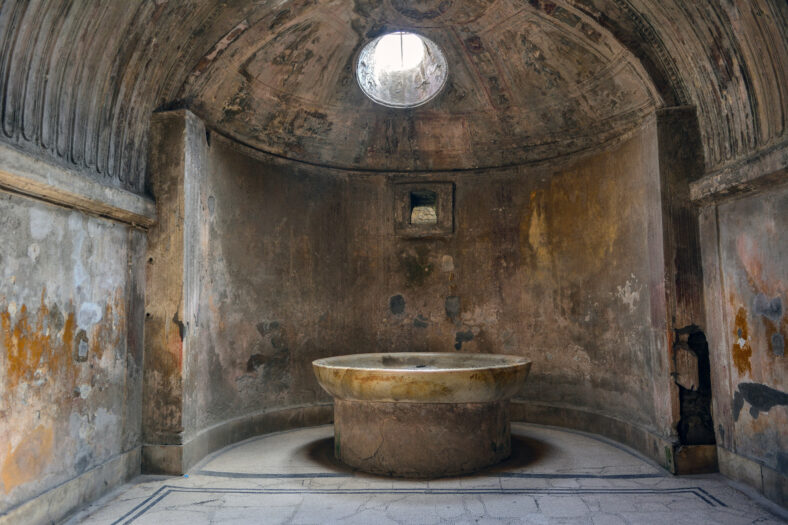
In Pompeii, bathhouses were places for hygiene and social gatherings. Multiple thermal baths have been excavated in the city.
Most baths included latrines, a pool, and sometimes a garden or gymnasium. Men and women had separate changing rooms, cold-water baths, lukewarm baths, and hot-water baths.
5. A Special Technique Was Used To Paint Frescoes
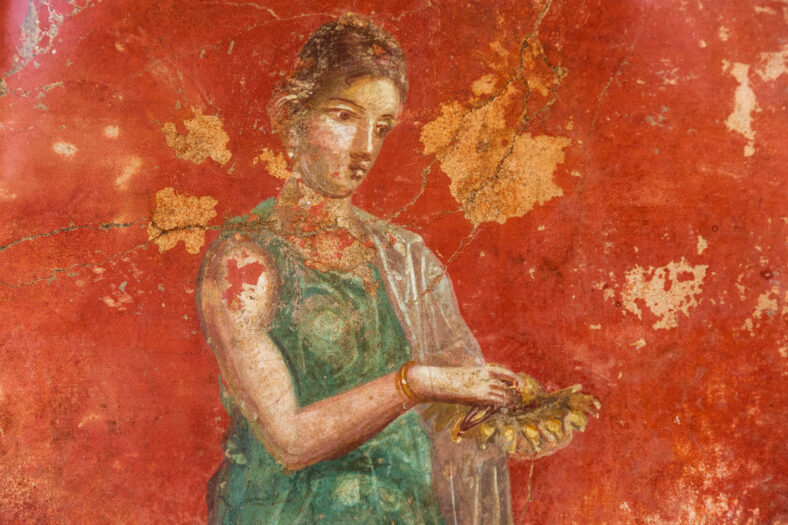
Pompeii is known for its well-preserved colorful frescoes that adorn the walls of many structures. The artwork’s original color has stayed in place due to the technique of applying a coat of limestone plaster and then painting designs while it was still wet. As the plaster dried, the pigments were sealed into the walls.
Some popular scenes include Roman and Greek gods who were believed to have a significant impact on daily life, such as Apollo, Mercury, and Bacchus.
6. 50 Carbonized Loaves Of Bread Were Discovered
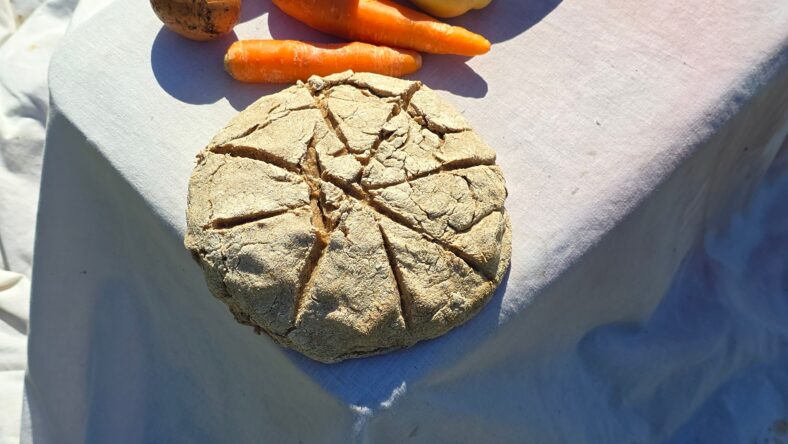
The intense heat from the volcano turned many items into charcoal, including a variety of foods. In a bakery, more than 50 round loaves of bread were discovered. Some of them were still in the oven. Additionally, remains of fruits and seeds showed that the Roman diet consisted of stuff like figs, almonds, dates, olives, lentils, and beans.
7. Only Two-Thirds Of Pompeii Has Been Excavated
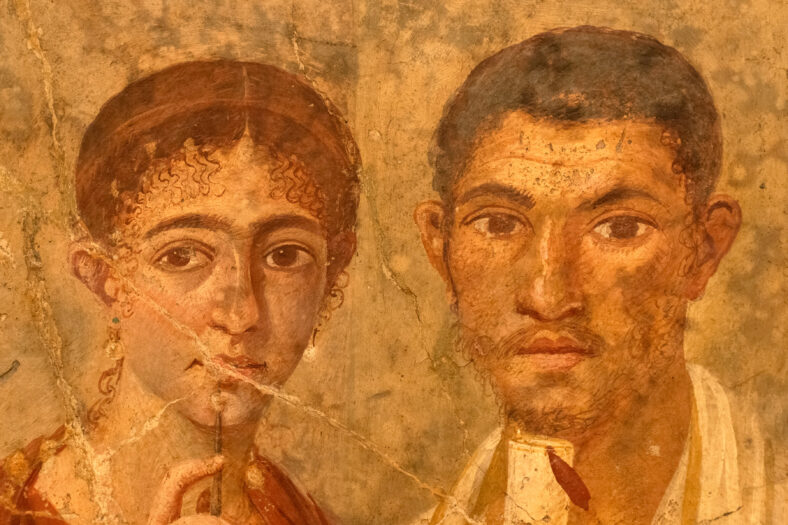
Even after centuries of archaeological work and research, much of Pompeii is still untouched. So far, only two-thirds of Pompeii has been excavated and studied. Every year, more finds are being made. Further research can help confirm some of the questions we still have about the eruption.
For instance, Pliny the Younger dated the eruption to August 24 of the year 79, but many of the people who died in the tragedy were wearing winter clothes. Plus, evidence of autumnal foods like chestnuts was uncovered.
More About:News





